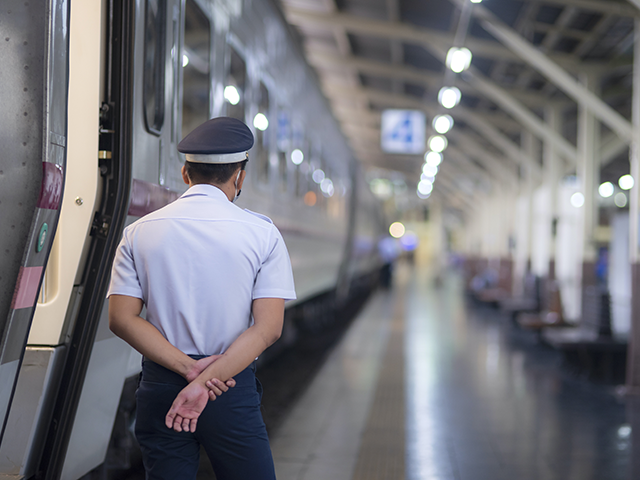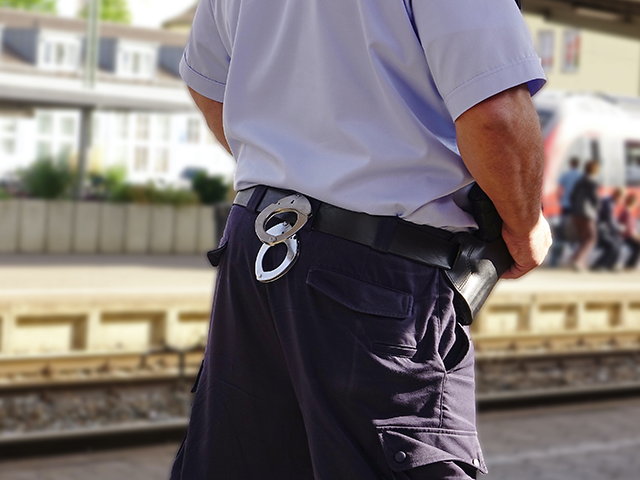Several initiatives around preventative measures have been implemented regarding the prevention of rail trespass. From the pro-active approach of security patrols to the implementation of several layers of barriers to prevent unauthorised entry onto the rail infrastructure. However, in the precise moment of rail incursion, what technology exists to provide immediate detection and enable rapid intervention?
In this article we discuss the dynamics of detection and intervention, key factors in moving toward rail trespass prevention. As a follow on to our previous article around critical rail infrastructure protection, we discuss the viability of intelligent detection solutions, incorporating thermal imaging and automatic video detection. Together, technology that can enable instantaneous initiation of preventative measures such as alerting oncoming trains and/or intervention by rail staff or emergency responders.
Influencing Factors in Rail Trespass
Certain places and circumstances contribute to rail trespass. Where availability and ease of access to a particular location and familiarity with rail may influence the likelihood of an incursion. Various studies have recommended a focus on limiting access to rail infrastructure, with an elimination approach that involves an increase in physical barriers. Conversely, the rail network in Melbourne has on the whole removed the majority of physical barriers, implementing other initiatives to create a more desirable atmosphere around stations, increasing the likelihood of utilizing the station as the main thoroughfare.
So, we can implement a range of strategies to create a more desirable atmosphere, place barriers to entry and if needed stop or delay train traffic. However, what can be done in the exact moment of incursion, that critical time at and just after detection?
Detection of Suspicious Persons

As a humanistic prevention measure, station staff are trained to look for people that stand out. Understanding that the majority of commuters inadvertently fall into to a common rhythm of movement patterns as they wait for, board and alight carriages at stations. Behaviour outside of this rhythm tends to stand out. As such, when station or security staff detect something out of the ordinary, there presents an opportunity for intervention.
However, this of course relies on the person being within the observable vicinity of a station and being able to trigger the attention of a rail worker, amongst a myriad of other duties they are tasked with performing. Notwithstanding whether the worker is inclined to approach or intervene.
Reliable Detection 24/7
Technology has now evolved to a point where video detection, thermal imaging, movement, occupancy times and even pattern recognition can be used to provide an automated observer for rail infrastructure trespass detection. Deployed in strategic locations, automatic detection cameras can provide virtual IT fencing and early warning, sensing stationary and moving objects in real time. Providing accurate trespass detection and automatic notification regardless of physical observation, shift changes, time of day or lighting. Once detected then, it is of the utmost importance that the systems are in place to initiate rapid intervention.
Intervention

In the critical moments following incursion onto the rail line, the clock is ticking regarding the opportunity for intervention. Physical intervention response times will vary depending on availability and response distances, highlighting the importance of minimising detection and notification times. At the same time, the initiation of early warning measures can alert oncoming trains to take preventative action as soon as possible. Whereas, the integration of public announcement systems and the awareness of observability may also act as a deterrent, aiding in persuading people to leave a place of danger.
In combination, thermal imaging with integrated detection technology is a proven and cost effective measure to prevent rail trespass, enabling rapid intervention, minimising disruption and lessening social and economic impact.
For further information on specific applications of thermal detection in rail infrastructure, read our article on Keeping Rail Rolling.



